Money plants are a type of houseplant that people often keep in their homes or offices. They vary in color and size, but they all have one thing in common: they bring good luck! In this blog post, we will discuss the different types of money plants and how each can potentially bring you wealth.
Different Types of Money Plants
I will now describe the different types of money plants. They are in no special order, but I start with the plants I like the most.
1. Money tree (Pachira aquatica)
The money tree is very popular, especially with offices. Also known as a mala chestnut plant, it is usually around four feet tall and can sometimes grow bigger than that if it gets enough sunlight.
Their slender trunks often have some of the stems braided together and they’re perfect as an indoor plant because it needs little water or sunlight to thrive.
The money tree is naturally found in both Mexico and northern South America, where they are seen to grow over 50 feet in height!
Money plants like warm temperatures, so it is important to keep them away from cold drafts. They also like indirect sunlight and moist soil, so be sure to water them regularly.
2. ZZ Plant (Zamioculcas zamiifolia)
The ZZ plant (Zamioculcas zamiifolia) is a very popular houseplant that is sometimes even known as the “eternity plant.” This name is fitting because it can live for many years without being watered.
The leaves are thick and shiny, with a dark green color that contrasts nicely with other plants or decor in your office space.
This ancient plant has been used for centuries by the people of Africa. It thrives outdoors and can survive periods without rain, making it an ideal candidate in a drought-prone climate.
The ZZ plant can purify the air of your home and remove toxins, making it a great addition to any space. In fact, in one study done by NASA researchers, they found that this unique plant is great for removing copious amounts of these harmful substances from our surroundings!
3. Pothos (Epipremnum Aureum)
The pothos plant is another popular choice for office decoration. This plant has a long, trailing stem that can reach up to six feet in length and hang down from large pots or baskets.
The pothos plant is a great houseplant for those who want an easy-to-care houseplant with low maintenance requirements. In fact, these plants do not even need much sunlight to grow.
The pothos plant is native to the tropical regions of Southeast Asia, so it thrives in humid conditions. As long as they are given enough water and warmth, these houseplants will thrive indoors.
There are many different types of pothos, so feel free to explore different varieties that suit your space and needs. I love variegate leaves, so the marble pothos is my favorite.
4. Jade Plant (Crassula ovata)
The jade plant is a very common choice for office decoration in the United States, especially because it is one of the most long-lived houseplants.
The jade plant has thick leaves that are shaped like disks and have red tips when they’re young! These leaves vary in color and size, depending on the variety.
This plant is native to South Africa but it’s also popular in Asia and Australia because of its water-saving abilities. As a succulent, the jade plant can survive for weeks without being watered, making it a perfect choice if you’re forgetful about watering your plants.
They are often given as housewarming gifts to new homeowners because they are small and so easy to care for. If you’re looking for a plant that is low maintenance, the jade plant is an excellent choice!
5. Chinese money plant (Pilea peperomioides)
The pilea peperomioides is a unique houseplant that gets its name from the shape of its leaves.
This small indoor plant can grow to be around four inches tall and eight inches wide, making it perfect for desks or countertops. It’s also one of the easiest houseplants to look after.
The leaves of the Chinese money plant vary in color and size, depending on where it is grown and what conditions it has been exposed to.
They are usually dark green, but if they receive too much light or not enough water their leaves can become brown.
These plants like indirect sunlight and moist soil with good drainage, so always use a pot with holes in the bottom for proper drainage! This particular houseplant also likes temperatures around 70°F (20°C) during the day and no colder than 55°F (13°C) at night.
6. Lucky Bamboo (Dracaena sanderiana)
The lucky bamboo plant is an extremely popular houseplant and perennial gift for those born in the year of the dragon.
This small, leafy green variety of bamboo can grow to be around three feet tall if it’s given enough time and care!
The bamboo part of the plant is not bamboo – sorry! In fact, the lucky bamboo plant actually belongs to the Dracaena family. However, this still makes for a unique plant that is incredibly easy to care for.
Dracaenas are native to tropical regions of Africa and Asia, so they thrive in humid conditions with indirect sunlight.
7. Lunaria
The moonlight plant (lunarea) is also known as money in a pocket, silver dollars, and silver leaf. Just take a look at how unique this plant is!
Here’s a cool fact – Lunaria is actually part of the Brassicaceae family, making them related to foods like broccoli and Brussels sprouts.
The lunaria is native to Europe and Western Asia, where it can be found in Mediterranean forests. The leaves of this plant are a silver color with a delicate leaf texture that is extremely hard to find in other plants.
8. Pennywort (Hydrocotyle vulgaris)
The pennywort is a very unique plant that gets its name from the shape of its leaves. This houseplant has round, flat leaves on long stems which helps it to stand upright or grow along surfaces, like rocks and walls.
This small indoor herb grows in water instead of soil, making it one of the easiest plants to care for because you don’t need to worry about potting it or changing out the soil.
The pennywort is native to Asia and some parts of Europe. It likes wet, humid environments where there’s lots of indirect sunlight. The leaves can grow up to six inches across so they make a big statement as an indoor plant!
Where to Place Money Plants for Good Luck?
There are many different theories about where to place money plants – and most of them center around bringing good luck into your home.
Money plants help attract financial success, which is why they’re often given as housewarming gifts! If you want to bring more prosperity into your life, put a potted jade plant in the south corner of your home. Another popular placement is in the southeast or east corners of your house for a better business outlook and more opportunities to prosper.
If you’re looking for love, put a money plant by your front door so that it can attract new relationships into your life! You could also keep one near an entryway inside your home if you want to welcome more love into your life.
Conclusion
In conclusion, there are many different types of money plants that can help attract financial success and love into your life.
The money plants in this blog post are all great options if you want to bring more prosperity into your life, but they’re also very unique and beautiful indoor plants!
My favorite money plant is the money tree because it is so unique and graceful. The pothos always deserves another mention because it is so easy to care for and are a great tropical houseplant.
Finally, the lunaria is such an interesting plant to keep in your home because there are not many other plants that share its unique leaf shape!
Tim is an avid gardener from the UK. He was the founder of PlantCarer.com from 2021 to Sep 2023. He sold PlantCarer.com to Aaron. He has since started his own business called Seed To Supper, which provides new gardeners all the materials you need in a box (pots, seeds, compost and instructions) to grow your own delicious and nutritious vegetables and herbs from start to finish – no garden required.



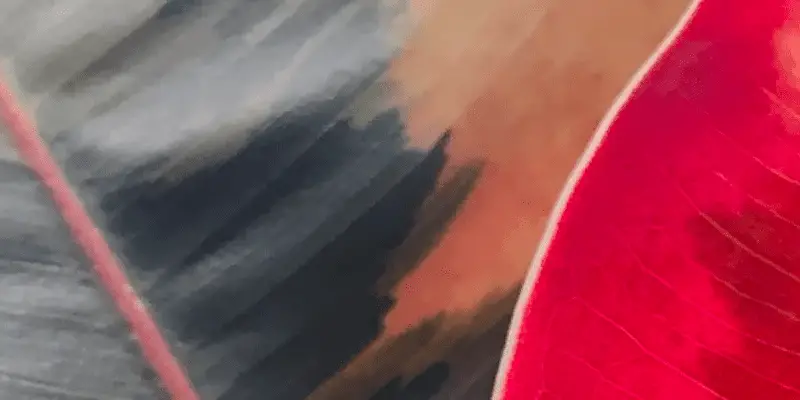
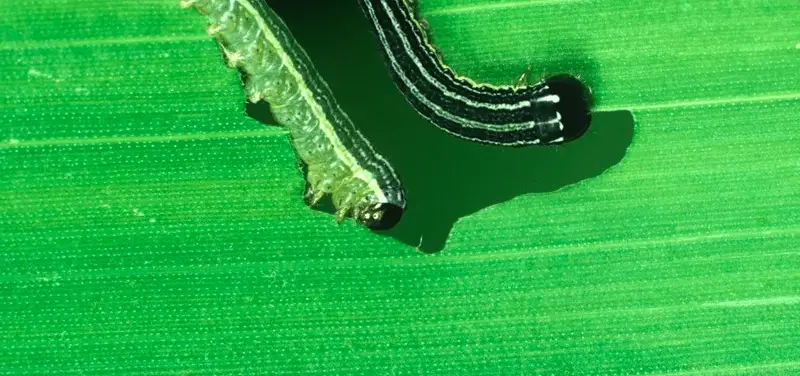
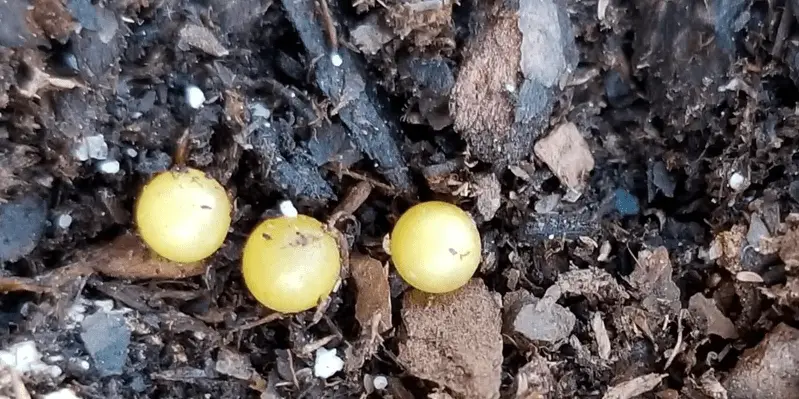
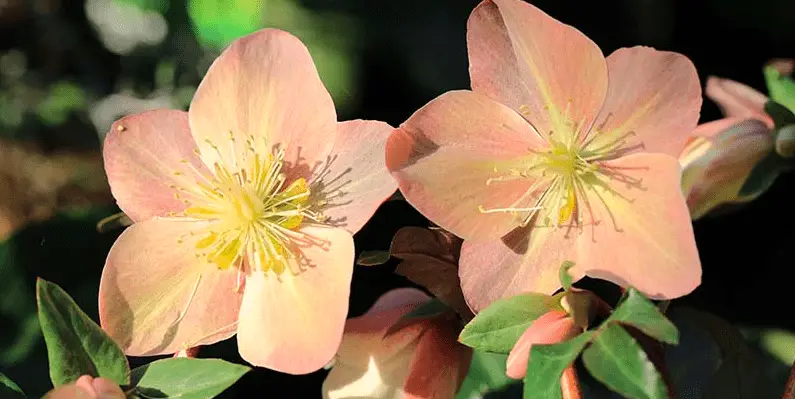
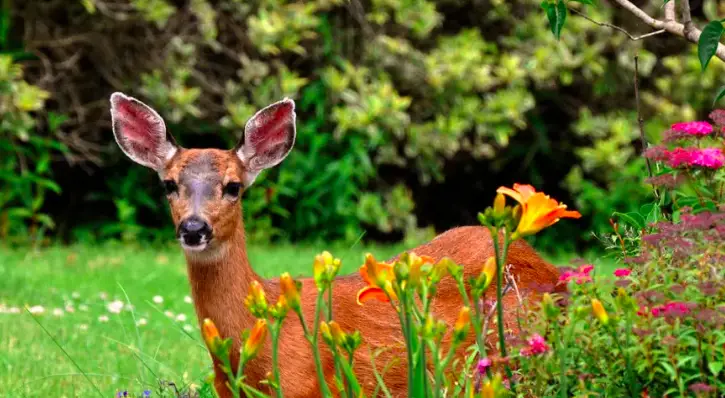
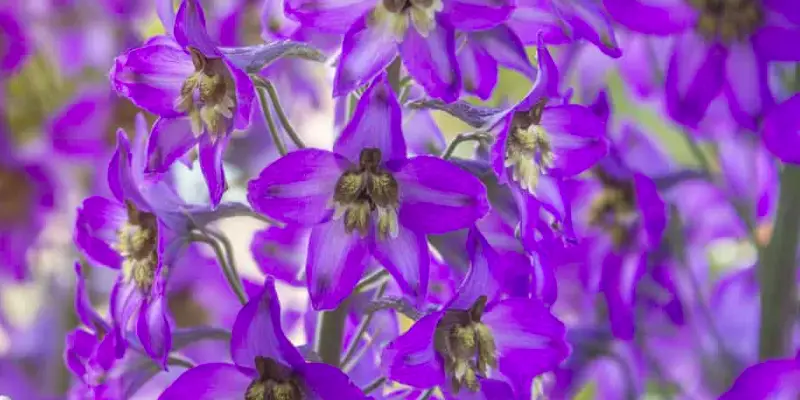

0 Comments